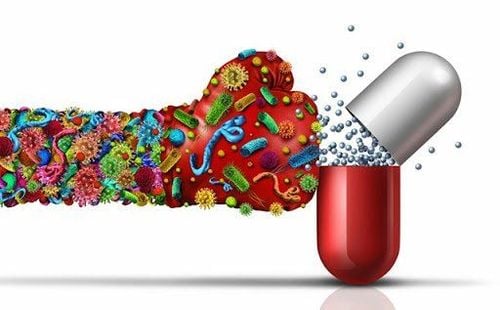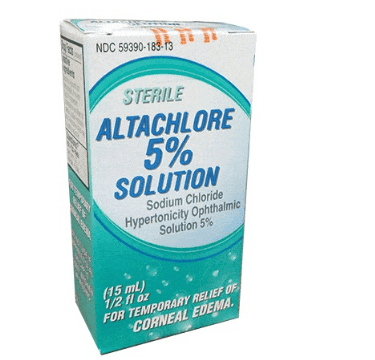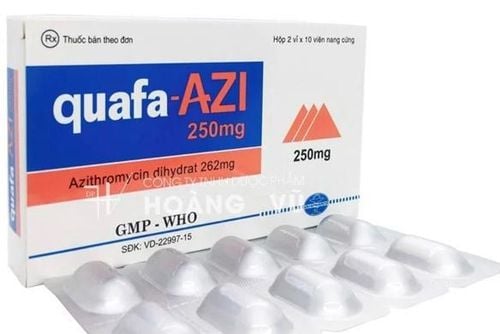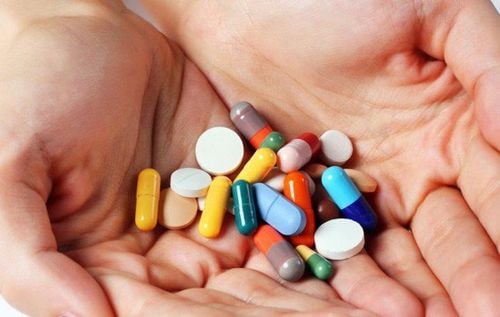This is an automatically translated article.
The article was professionally consulted by Pharmacist Duong Thanh Hai - Clinical Pharmacist - Faculty of Pharmacy - Vinmec Times City International General Hospital.Microorganisms are very small organisms, including bacteria, viruses, and fungi. For example, the flu virus commonly causes coughs and colds, pneumococcal bacteria can cause pneumonia, and filamentous fungi can cause skin infections. In addition, different microorganisms can be the cause of the same disease. For example: sore throat can be caused by both bacteria or viruses.. However, only diseases caused by bacteria are effective. Antibiotics only kill or inhibit the growth of bacteria, but have no effect on other types of microorganisms.
Before bacteria can multiply and cause symptoms of an infection, they are usually destroyed by the human immune system. Sometimes, they multiply too quickly and too strongly, making the immune system unable to fight back, at this time antibiotics are an effective weapon to fight and help save people's lives from infection.
The world's first antibiotic is penicillin G, discovered by scientist Alexander Fleming in 1928. So far, many more antibiotics have been researched and put into use, saving millions of lives. Infectious disease. However, if antibiotics are not used correctly, bacteria can learn to fight them, rendering them ineffective.
Please dial HOTLINE for more information or register for an appointment HERE. Download MyVinmec app to make appointments faster and to manage your bookings easily.














